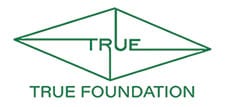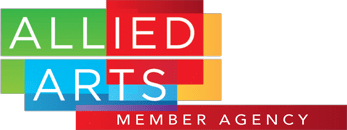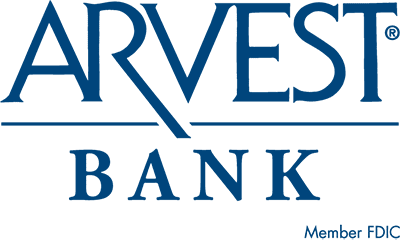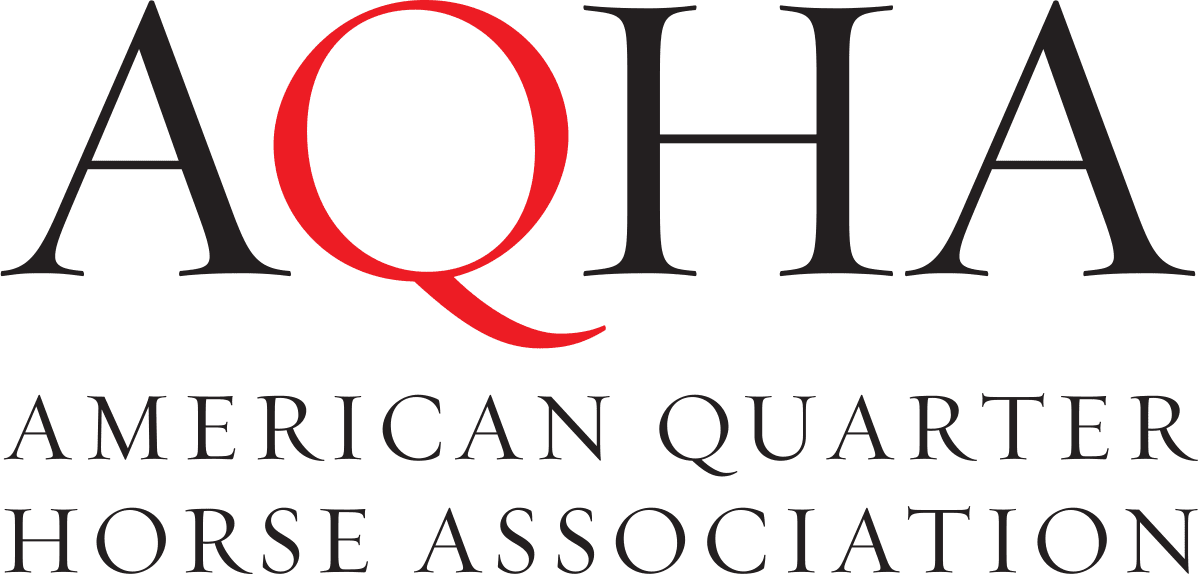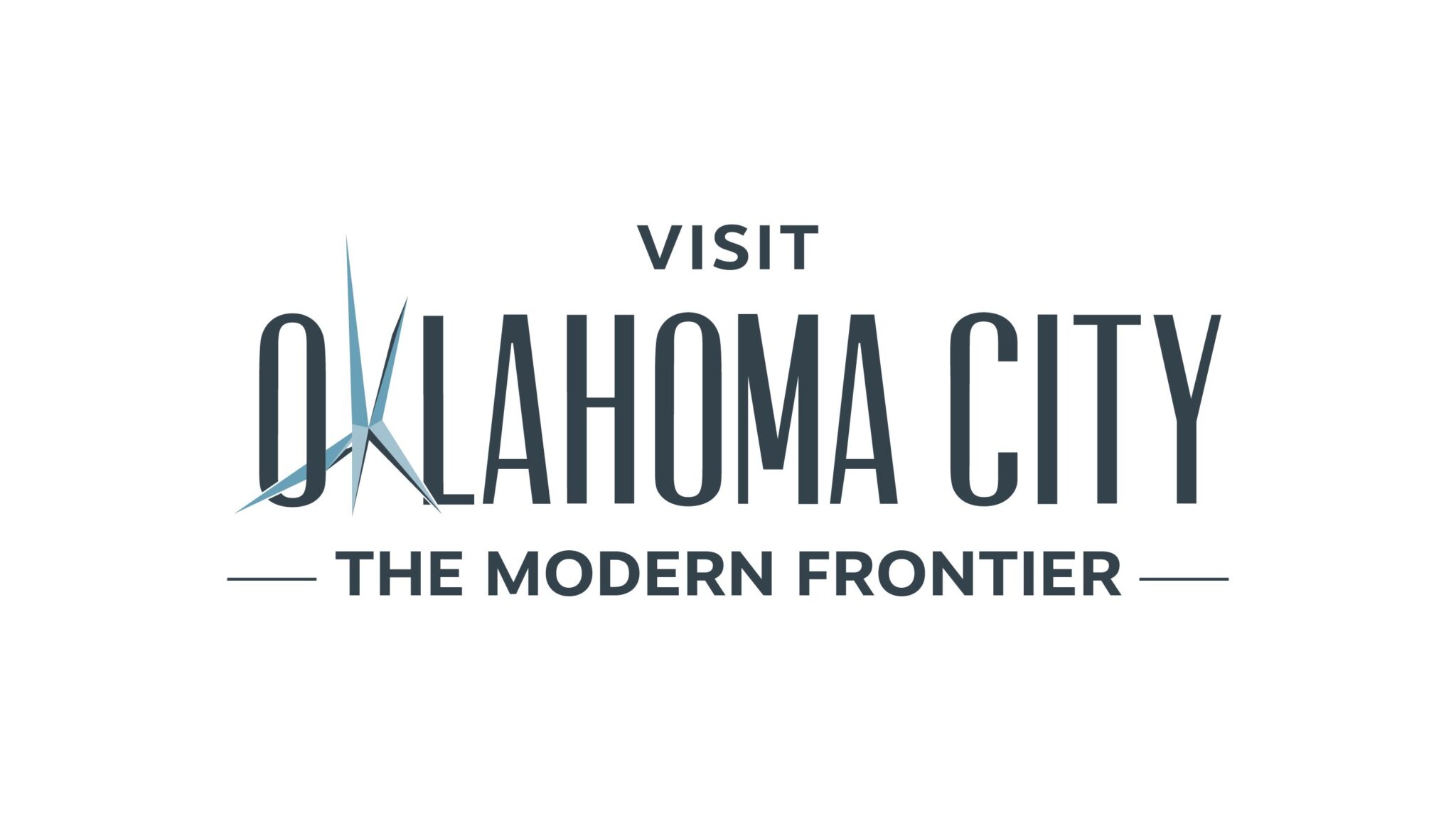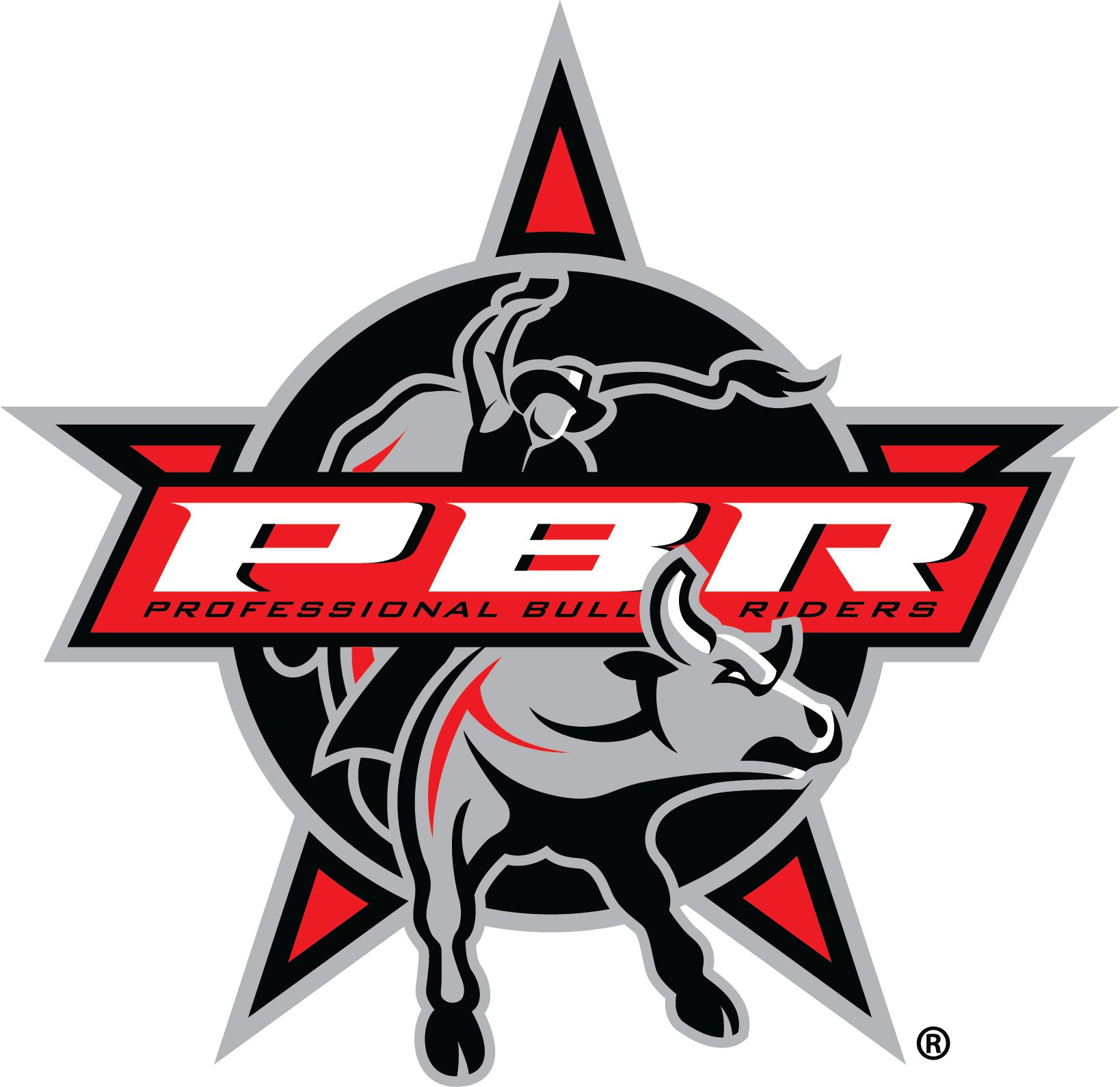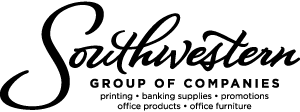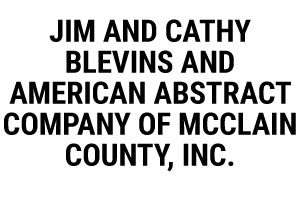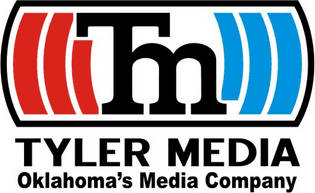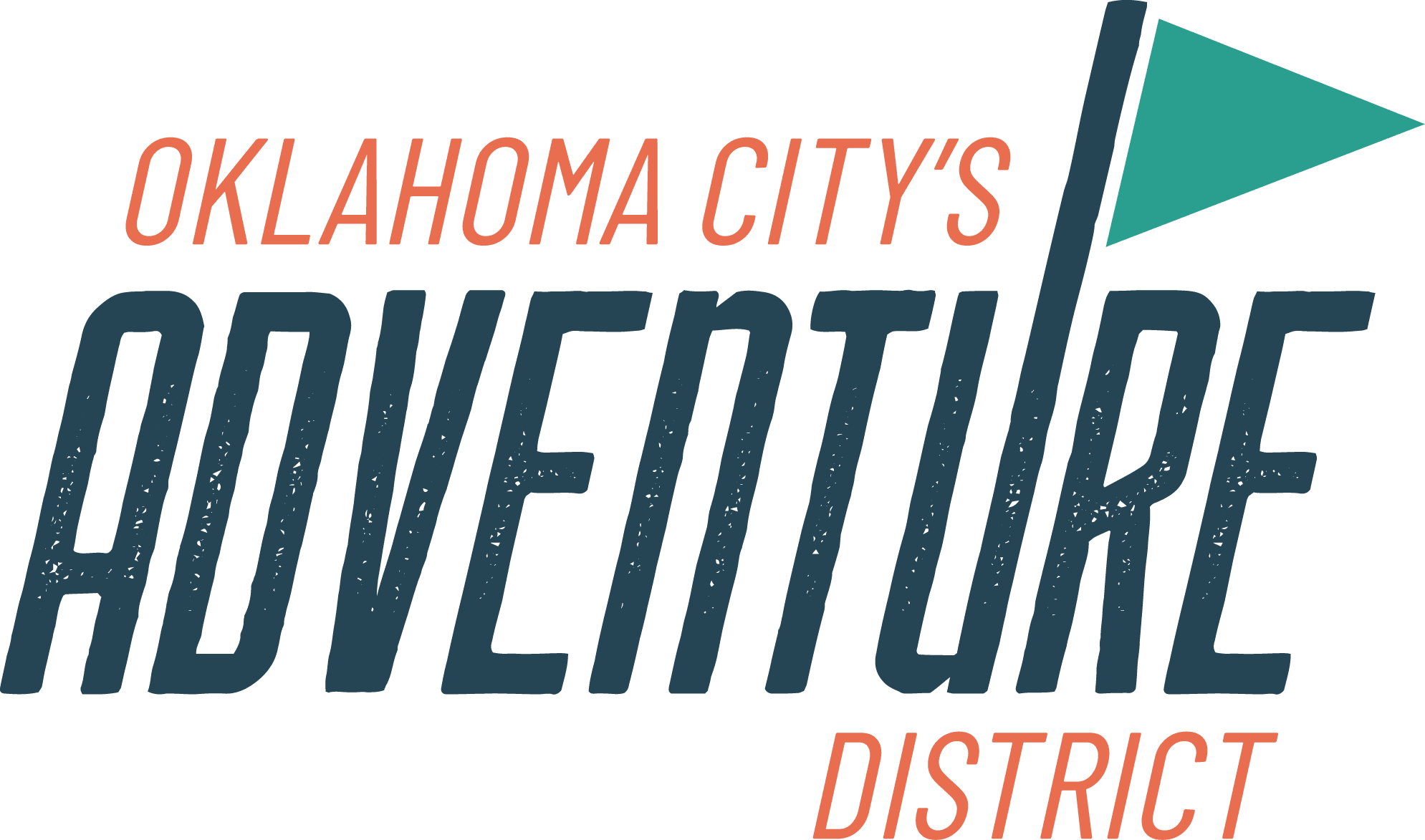 Charles Schreyvogel Papers, circa 1880-1962
Charles Schreyvogel Papers, circa 1880-1962
1.2 cubic feet (1 document box, 1 flat box, 2 oversized folders)
Location: 0330; Flat File 2/Drawer 3
Collection #: 043
Accession #: 1969.197.19
Introduction
Papers and photographs of artist Charles Schreyvogel, as preserved by his widow, Louise Walther Schreyvogel Feldmann, and his daughter, Ruth Elizabeth Schreyvogel Carothers; also includes some posthumous material about Schreyvogel and his art collected by Feldmann and Carothers. This small collection primarily documents the period when Schreyvogel was one of the most popular historical Western genre artists in America: from 1899, when he won the Clarke Prize for his painting “My Bunkie,” through his untimely death in 1912. Primary focuses of the collection are Schreyvogel’s career, his artwork and his relationships with some of the most prominent men and women of his time, including William F. “Buffalo Bill” Cody, Elizabeth B. Custer, Frederic Remington and Theodore Roosevelt. Collection photographs document Schreyvogel’s family and art career.
Biography
John A. Sleicher, editor of Leslie’s Weekly, in a letter to Charles Schreyvogel dated January 11, 1910 wrote, “The death of Remington leaves you unquestionably the greatest art in the line of work in which you have achieved such great success.” The “line of work” referred to was the painting of dramatic scenes from the frontier West, particularly conflicts between the U.S. Cavalry and Native Americans.
Charles Schreyvogel traces his ancestry to his grandfather Louis Erbe who escaped execution for dissident activities in Prussia by immigrating to the United States in 1848. Louis and his wife, Augusta, who settled in New York City, had a daughter named Teresa who married Paul Schreyvogel, a shopkeeper, on March 18, 1856. From this union Charles was born on January 4, 1861, who became the second of three sons, the others being Louis and Robert. While Schreyvogel was still very young, the family moved to Hoboken, New Jersey, which had a tightly knit German-American community.
Having worked as an office boy and apprenticed as a die-sinker for a pipe manufacturer, Schreyvogel became an apprentice in a lithography shop in the late 1870s. Around this time he met H. August Schwabe, president of the Newark Art League, who persuaded him to enroll in art classes at the Art League. By 1880 Schreyvogel was earning extra money by giving art lessons to others.
In the early 1880s Schwabe introduced Schreyvogel to Dr. William Redwood Fisher, an art enthusiast who recognized Schreyvogel’s talent and urged him to study in Europe. By 1883 Louis and Robert persuaded their reluctant brother to plan for European study and they agreed to pool their savings to help finance the venture. In 1886 Schreyvogel finally left for Munich to study under Karl von Marr and Frank Kirchbach at the Munich Art Academy for the next three years. Schreyvogel’s Aunt Amelia Ott, who lived in Stuttgart, provided sporadic financial assistance.
In 1890 Schreyvogel returned to Hoboken suffering from chronic asthma attacks and generally poor health. While doctors advised him to seek the dryness of the West, Schreyvogel established his studio in Hoboken and eked out a living painting portraits, ivory miniatures and sketches for calendar manufacturers. It was during this period that he met and was befriended by William F. “Buffalo Bill” Cody and began to sketch cowboys, Indians and horses.
In 1893 Schreyvogel made the first of several trips to the West at the invitation of Dr. Thomas McDonald, post surgeon at the Ute Indian Reservation in Colorado, where he spent five months sketching and collecting Native American and cavalry artifacts. He became an excellent rider and learned sign language. During the same trip, he visited Arizona where he continued his sketching.
Schreyvogel returned to his apartment at 1232 Garden Street in Hoboken in the fall of 1893 and began painting Western canvases. His work was briefly interrupted by the grief he experienced over the death of his mother, which occurred on November 23, 1893. Recovered, he continued work using his favorite model, Storie Schultze, and former cavalrymen from the New York area to pose for him on the roof of his apartment building.
The year 1893 was also when Schreyvogel met and fell in love with Louise Walther, daughter of Paul Jean Walther. They were married on August 24, 1894, without her father’s blessing, and moved to 1220 Park Avenue in Hoboken with a top floor studio apartment. Between 1894 and 1903 Charles and Louise traveled to the West several times, particularly to Montana and the Dakotas. After 1903, Louise remained behind when Charles went on his Western trips.
Between 1895 and 1900 the couple, along with brother Robert, lived in impoverished circumstances. It was at this time that John Linde, a member of the German Club, became Schreyvogel’s strongest patron. In the late 1890s Schreyvogel entered the non-Western landscape painting “Close of an Autumn Day” in the 60th Annual Exhibition of the Pennsylvania Academy of Fine Arts in Philadelphia. The painting did not sell. In 1897 he entered a Western painting, “Over a Dangerous Pass,” in the 72nd Annual Exhibition of the National Academy of Design show in New York. The painting did not sell, although it was featured in a Harper’s Weekly article about the show.
The year 1899 brought a change in Schreyvogel’s difficult financial circumstances. He reluctantly entered “My Bunkie” into the annual exhibition of the National Academy of Design and on December 31st won the Thomas B. Clarke Award for the best American figure composition. Key figures in the Academy at that time were Frederick Dillman, president and Henry Watrous, secretary. Ironically, on the same day he won the award, one of his staunchest supporters, his brother Louis, died. “My Bunkie” went on to win medals at the Paris Exposition and the Pan-American Exposition.
In the winter of 1902, in his 1220 Park Avenue studio, Schreyvogel began painting the controversial “Custer’s Demand,” which was rooted in his fascination with Fort Abraham Lincoln, the origin of Custer’s fateful expedition against the Sioux. The painting was unveiled in April 1903 at the Knoedler Art Galleries in New York. Schreyvogel’s fellow Western artist, Frederic Remington, criticized it severely for its historical inaccuracies in the New York Herald newspaper. Initially, Schreyvogel made no public comment on the controversy. Prior to beginning the painting, Schreyvogel had written to Elizabeth B. Custer, the widow of General George A. Custer, to obtain military contacts at the War Department and general information about the frontier. He forwarded a letter from Mrs. Custer to the Herald vindicating both him and the painting. Meanwhile, Remington attempted to support his position by enlisting the support of Lt. Col. John Schuyler Crosby, former aide-de-camp to General Sheridan during the Indian campaigns. Ironically, Crosby supported Schreyvogel.
Much impressed with Schreyvogel’s work, having seen it at the Corcoran Gallery, President Theodore Roosevelt invited Schreyvogel to lunch at the White House in November 1903. While the lunch never happened, the beginning of a friendship did. Roosevelt gave Schreyvogel a permit to visit any Army post or Indian Reservation in pursuit of his research, whereupon he traveled to the Ute, Sioux and Crow Reservations, and was witness to a grand council of more than 10,000 Crow, Blackfeet, Sioux and Chippewa Indians held at the Standing Rock Reservation.
Also in 1903, daughter Ruth Elizabeth was born to the Schreyvogels, who was the namesake of Mrs. Custer. Later that year, Schreyvogel was made an associate of the National Academy of Design. In 1904 “Custer’s Demand” won the St. Louis World’s Fair Exposition Bronze Medal. In 1905 Schreyvogel moved his family to a 36-acre farm in West Kill, New York where Grant Bloodgood, a local handyman, became his model.
The years from 1905 to 1912 were perhaps the happiest, most prosperous and most productive years of Schreyvogel’s life. Moffat, Yard & Company issued sets of platinum prints of his works. In 1907 he was invited to join the German Club and its Samstag Abend Kegel Club. Later that year, Charles Kaegebehn, a Hoboken restaurateur, published a souvenir booklet of Schreyvogel’s works. In 1909 Frederic Remington tragically died of complications from an appendectomy at the age of 48. Upon Remington’s death, Schreyvogel was hailed by many as the premier painter of the American West. Charles M. Russell had not yet achieved national recognition.
In the fall of 1911 while dining, Schreyvogel complained that a sliver of chicken bone was lodged in his gum. The bone was removed, but his health slowly deteriorated until he died from blood poisoning on January 27, 1912. Schreyvogel’s wife Louise would eventually marry a Mr. Feldmann and die in 1954. Daughter Ruth married Archie Carothers in 1932.
Sources
Carothers, Archie D. “The Charles Schreyvogel Memorial Studio Collection,” Persimmon Hill, Vol. 1, No. 2 (Fall 1970), 14-25.
Horan, James D. The Life and Art of Charles Schreyvogel: Painter-Historian of the Indian-Fighting Army of the American West. New York: Crown Publishers Inc., 1969.
Scope & Content Note
The collection is arranged in four series: Biographical, Correspondence, Subject Files and Photographs.
Series 1: Biographical (1899-1930)
This series consists primarily of news clippings, both loose and collected in Schreyvogel’s scrapbook. The major milestones, sales and awards of Schreyvogel’s career are documented by this collection of newspaper and magazine articles in English and German; the controversy between Schreyvogel and Frederic Remington over the accuracy of Schreyvogel’s painting, “Custer’s Demand,” is also covered. Additionally, the scrapbook also includes some correspondence, primarily concerning art competitions, and small prints of Schreyvogel artwork cut out from sales brochures. Also included are some notes about Schreyvogel’s career, probably written by Louise or Ruth Schreyvogel, and a eulogy of Schreyvogel written by Rudolph F. Rabe, a New Jersey homeopathic physician.
Series 2: Correspondence (1900-1911)
This series is perhaps the most interesting in the collection, featuring letters from a number of luminaries of the late 19th century and early 20th century including William Merritt Chase, William F. “Buffalo Bill” Cody; Elizabeth B. Custer, the widow of General George A. Custer; Frederic Remington; President Theodore Roosevelt; and Schreyvogel himself.
A handful of letters from Schreyvogel to his wife Louise, whom he calls by the endearment “Schnuck,” document his life while in the West on his sketching tours. He writes about what he is sketching, his problems with a bad batch of photography plates, poor food, windy weather, and his interactions with the military officers. At one point, some officers threatened to mail a dead coyote to Schreyvogel’s home in Hoboken, and he took the threat seriously enough that he instructed his wife not to open any package supposedly from him that did not have a secret code in the address. He also played tourist, giving a glowing review to the Garden of the Gods near Colorado Springs, Colorado, but he complained that his sketch of Pikes Peak was ruined because black smoke from the smelting plants were obscuring the view. Schreyvogel wrote to Louise from Washington in 1903 just after meeting President Theodore Roosevelt, and he quotes Roosevelt as supporting Schreyvogel’s position in the Remington-Schreyvogel controversy over the “Custer’s Demand” painting.
Several letters from William F. Cody help to document the relationship between Cody and Schreyvogel. Cody requests a full set of signed Schreyvogel prints for his daughter whose husband is being stationed at Fort Assinniboine in Montana; says he will personally show Schreyvogel the Western “life I love;” requests that Schreyvogel paint some of the “fights” in which he participated, such as the Battle of Summit Springs, which Schreyvogel did paint the following year (“Summit Springs Rescue, 1869”); answers specific questions about cavalry equipment and practice; and touts the idea that Schreyvogel should enter the $25,000 competition to sculpt a heroic-sized equestrian statue of General George A. Custer for the town of Monroe, Michigan, which was ultimately sculpted by Edward Potter. One of the Cody letters includes a postscript by Cody’s mistress Bess Isbell in which she thanks Schreyvogel for a print depicting Chief Iron Tail, a Sioux Indian.
Another group of letters, from Elizabeth B. Custer, Lt. Col. John Schuyler Crosby, General G. A. Forsyth and Frederic Remington primarily concern the research for and controversy surrounding the painting “Custer’s Demand.” Mrs. Custer writes about some people Schreyvogel should talk to at the War Department and encloses one of her calling cards with a note introducing Schreyvogel to assist him in his research. She also thanks Schreyvogel for his enthusiasm for doing a Custer painting, discusses Custer’s dress and appearance, and mentions three photographs of Custer from her personal collection that she apparently lent to Schreyvogel for his use while creating the painting. A letter from General G. A. Forsyth, who served with Custer and later commanded the 7th Cavalry at Wounded Knee, to a third party who had contacted him on Schreyvogel’s behalf, expresses his willingness to assist Schreyvogel with his observations about the Plains Indians and the Indian Wars. Lt. Col. John Schuyler Crosby, who was aide-de-camp to General Sheridan during the Indian Wars, also recounts some of his experiences, but more importantly, he passes along a letter Crosby had received from Frederic Remington about the “Custer’s Demand” controversy in which Remington agrees to end his criticism now that Elizabeth Custer has sided with Schreyvogel, but states that “I despise Schreyvogel.” This group of letters is interesting, both because it gives an insight into the depth of Schreyvogel’s research before starting a major painting, and because it shows the extreme competitiveness between these two major figures in the historical Western art genre. Apparently Schreyvogel harbored no ill will, because the collection also includes a thank you card from Eva Remington acknowledging Schreyvogel’s expression of sympathy at the untimely death of her husband.
There are some short personal letters from President Theodore Roosevelt, mostly complimenting Schreyvogel on his paintings and thanking him for prints given to Roosevelt. Also included is a 1910 letter from Leslie’s Weekly editor John Sleicher stating that, with the death of Remington, Schreyvogel is now the “greatest artist” in the historical Western art genre. A brief note from artist William Merritt Chase confirms an appointment with Schreyvogel at Chase’s home. There is also a group of letters concerning a number of art competitions, which Schreyvogel had entered, including the 1900 Paris Exposition, the 1901 Pan-American Exposition and the 1904 Louisiana Purchase Exposition. Some letters from the National Academy of Design concern the prize awarded to “My Bunkie” and other issues.
Series 3: Subject Files (1897-1962)
This series consists of material collected by Schreyvogel and his family to document his art and other aspects of his life and interests. Included are a wide variety of newspaper and magazine clippings featuring Schreyvogel artwork, an album of Schreyvogel images and brochures promoting Schreyvogel souvenir prints. Other material in this series includes a Cody-Dyer Arizona Mining and Milling Company stock certificate presented to Schreyvogel by Buffalo Bill; a document from the Metropolitan Museum of Art acknowledging the donation of Schreyvogel material by Louise Schreyvogel Feldmann; a pen, ink and watercolor drawing of a “primitive ornament” with a 1924 date, which was probably done by Ruth Schreyvogel; and a poem inspired by Schreyvogel’s painting “My Bunkie” written for Schreyvogel by Rudolph F. Rabe.
Series 4: Photographs (ca. 1880-ca. 1911)
This series consists of 14 photographs and two copy negatives. Personal photographs include a photographic Christmas card with Schreyvogel’s image, photos of his wife Louise and daughter Ruth, and images of Schreyvogel’s mother and Louise’s parents. Photographs documenting his career include a small, out of focus photograph of Schreyvogel and Buffalo Bill Cody, two photographs of Schreyvogel sketching and painting on Indian reservations, and five photographs of Schreyvogel’s studio that feature his extensive collection of military and Native American artifacts, as well as a photograph of Schreyvogel working on the roof of his Hoboken studio painting a model posed as a cavalryman shooting a pistol.
Subject Terms
Personal Names:
Buffalo Bill, 1846-1917
Chase, William Merritt, 1849-1916
Crosby, John Schuyler, 1839-1914
Custer, Elizabeth Bacon, 1842-1933
Custer, George Armstrong, 1839-1876
Forsyth, George A.
Rabe, Rudolph F.
Remington, Frederic, 1861-1909
Roosevelt, Theodore, 1858-1919
Schreyvogel, Charles, 1861-1912
Schreyvogel, Louise Walther
Schreyvogel, Ruth Elizabeth
Sleicher, John Albert, 1848-1921
Corporate Names:
National Academy of Design (U.S.)
Subject Headings:
Art—Competitions
Art—Study and teaching
Art—Technique
Art—West (U. S.)—20th Century
Artists—New Jersey—Hoboken
Exposition universelle internationale de 1900 (Paris, France)
German American artists
Indians in art
Louisiana Purchase Exposition (1904 : Saint Louis, Mo.)
Military art and science in art
Pan-American Exposition (1901 : Buffalo, N.Y.)
United States—History—1865-1898
Processing Information
Accession: The collection was purchased along with a group of Schreyvogel paintings from Mr. and Mrs. Archie D. Carothers in 1969. Mrs. Ruth Elizabeth Schreyvogel Carothers, the daughter of Charles and Louise Schreyvogel, inherited the collection from her mother, who died in 1954.
Processing: The collection was initially arranged by Charles Rand in 1991 and reprocessed by Jonathan Nelson in 2003.
Copyright
The Charles Schreyvogel Papers is the property of the Donald C. & Elizabeth M. Dickinson Research Center, National Cowboy & Western Heritage Museum. Literary right, including copyright, belongs to the National Cowboy & Western Heritage Museum, with the exception of copyrighted artwork images and published literary works, which are the property of the respective copyright holders. It is the responsibility of the researcher, and his/her publisher, to obtain publishing permission from individuals pictured, relevant copyright holders, and the National Cowboy & Western Heritage Museum.
Copyright
The collection is open for research. It is advisable for researchers to discuss their proposed research with staff prior to visiting the Center.
Preferred Citation
Charles Schreyvogel Papers, Box ##, Folder ##, Dickinson Research Center, National Cowboy & Western Heritage Museum, Oklahoma City, Oklahoma.
Container List
Series 1: Biographical
1899-1930
| Box/Folder # | Folder Title/Description |
| 001/001 | Eulogy by Rudolph F. Rabe, 1912 |
| 001/002 | News Clippings, 1899-1930, n.d. |
| FF2/D03 | News Clippings, 1910 |
| 001/003 | Notes, n.d. |
| 002/001 | Scrapbook, 1899-1911, n.d. |
Series 2: Correspondence
1900-1911
| Box/Folder # | Folder Title/Description |
| 001/004 | William Merritt Chase, 1900 [1] |
| 001/005 | William F. “Buffalo Bill” Cody, 1907 [3] |
| 001/006 | Lt. Col. John Schuyler Crosby, n.d. [2] |
| 001/007 | Elizabeth B. Custer, n.d. [6] |
| 001/008 | Gen. G. A. Forsyth, 1911 [1] |
| 001/009 | Louisiana Purchase Exposition, 1904 [4] |
| 001/010 | National Academy of Design, 1900-1901 [3] |
| 001/011 | Pan-American Exposition, 1901 [1] |
| 001/012 | Paris Exposition of 1900, 1900 [2] |
| 001/013 | Eva and Frederic Remington, 1903-1910 [2] |
| 001/014 | Pres. Theodore Roosevelt, 1903-1910 [5] |
| 001/015 | Charles Schreyvogel, 1900-1911 [6] |
| 001/016 | John A. Sleicher, 1910 [1] |
Series 3: Subject Files
1897-1962
| Box/Folder # | Folder Title/Description |
| 001/017 | Art and Artists, 1909-1938 |
| 001/018 | Cody-Dyer Arizona Mining Stock Certificate, 1911 |
| 001/019 | Ephemera, n.d. |
| 001/020 | Metropolitan Museum of Art Donation, 1937 |
| 001/021 | “My Bunkie” Poem by Rudolph F. Rabe, ca. 1900 |
| 001/022 | Native Americans, ca. 1960, n.d. |
| 001/023 | “Primitive Ornament” Illustration (pen & ink, watercolor), 1924 |
| FF2/D03 | Promotion and Publicity, News clippings, 1897-1904 |
| 001/024 | Promotion and Publicity, News clippings, 1901-1962, n.d. |
| 001/025 | Promotion and Publicity, “The Schreyvogel Album,” ca. 1905 |
| 001/026 | Promotion and Publicity, Souvenir prints, ca. 1902-ca. 1913 |
Series 4: Photographs
ca. 1889-ca. 1911
| Box/Folder # | Folder Title/Description |
| Personal | |
| 001/027 | Charles Schreyvogel (photo Christmas card), ca. 1905 [3] |
| 001/028 | Louise Schreyvogel, ca. 1905 [1] |
| 001/029 | Ruth Elizabeth Schreyvogel, ca. 1911 [1] |
| 001/030 | Teresa Erbe Schreyvogel, ca. 1890 [1] |
| 001/031 | Jean and Caroline Walther, ca. 1880 [1] |
| Professional | |
| 001/032 | Charles Schreyvogel and William F. Cody, ca. 1900 [1] |
| 001/033 | Charles Schreyvogel, Louise Schreyvogel, painting Indian at Standing Rock Reservation, ca. 1903 [1] |
| 001/034 | Schreyvogel painting while Indians watch, ca. 1905 [1] |
| 001/035 | Schreyvogel studio, Cavalry artifacts, ca. 1905 [1] |
| 001/036 | Schreyvogel studio, Indian artifacts, ca. 1905 [1] |
| 001/037 | Schreyvogel studio, Rooftop painting, ca. 1903 [1] |
| 001/038 | Schreyvogel studio, Schreyvogel at work, ca. 1900 [2] |
| 001/039 | Schreyvogel studio, Schreyvogel at work, ca. 1905 [1] |
